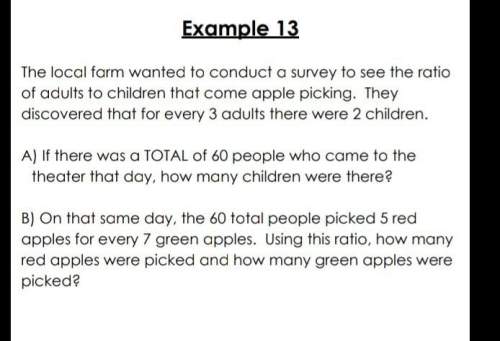
Mathematics, 03.12.2020 19:20 dianamoulton13
To prove that the diagonals of a parallelogram are congruent, that parallelogram must be a rectangle. Given: ABCD is a parallelogram with AB parallel to CD and AD parallel to BC. Diagonal AC is congruent to diagonal BD. Prove: ABCD is a rectangle (Angels A, B, C and D right angles). Fill in the blanks: I know __ is congruent to ___ because it's the same segment. I know ___ is congruent to ___ because it's given. I know ___ is congruent to ___ because ___ is a parallelogram (given) and opposite sides of a parallelogram are congruent. Because ___ is congruent to ___, ___ is congruent to ___, and ___ is congruent to , by the side-side-side triangle congruence theorem triangles ___ and ___ are congruent. Angle ___ is congruent to angle ___ because they are corresponding parts of two congruent triangles. Angles __ and ___ are right angles because they're congruent and supplementary (because they are adjacent in a parallelogram). Congruent supplementary angles must be right angles. Opposite angles in a parallelogram are congruent, so if angles ___ and ___ are right angles, then angles ___ and ___ must be, too. I know ___ is a rectangle because angles ___, ___, ___, and ___ are all right angles, and a quadrilateral with four right angle is a rectangle.

Answers: 1
Another question on Mathematics

Mathematics, 21.06.2019 19:00
Asmall business produces and sells balls. the fixed costs are $20 and each ball costs $4.32 to produce. each ball sells for $8.32. write the equations for the total cost, c, and the revenue, r, then use the graphing method to determine how many balls must be sold to break even.
Answers: 3

Mathematics, 21.06.2019 21:00
George is putting trim around his rectangular deck, including the gate. he will need 44 feet of trim to do the entire deck. if the deck is 13 feet long, how wide is the deck?
Answers: 2

Mathematics, 22.06.2019 01:20
Aprobability experiment is conducted in which the sample space of the experiment is s={7,8,9,10,11,12,13,14,15,16,17,18}, event f={7,8,9,10,11,12}, and event g={11,12,13,14}. assume that each outcome is equally likely. list the outcomes in f or g. find p(f or g) by counting the number of outcomes in f or g. determine p(f or g) using the general addition rule.
Answers: 2

Mathematics, 22.06.2019 02:30
Fred and gene are hang gliding. fred is 700 feet above the ground and descending at 15 ft/s. gene is decending as shown in the table. interpret the rates of change and initial values of the linear functions in terms of the situations they model. show all work. freds equation is f(x)=-15x+700. ( genes is the table attached)
Answers: 1
You know the right answer?
To prove that the diagonals of a parallelogram are congruent, that parallelogram must be a rectangle...
Questions



Physics, 31.05.2021 14:50



Computers and Technology, 31.05.2021 14:50





English, 31.05.2021 14:50

Arts, 31.05.2021 14:50

Mathematics, 31.05.2021 14:50

Computers and Technology, 31.05.2021 14:50

History, 31.05.2021 14:50








